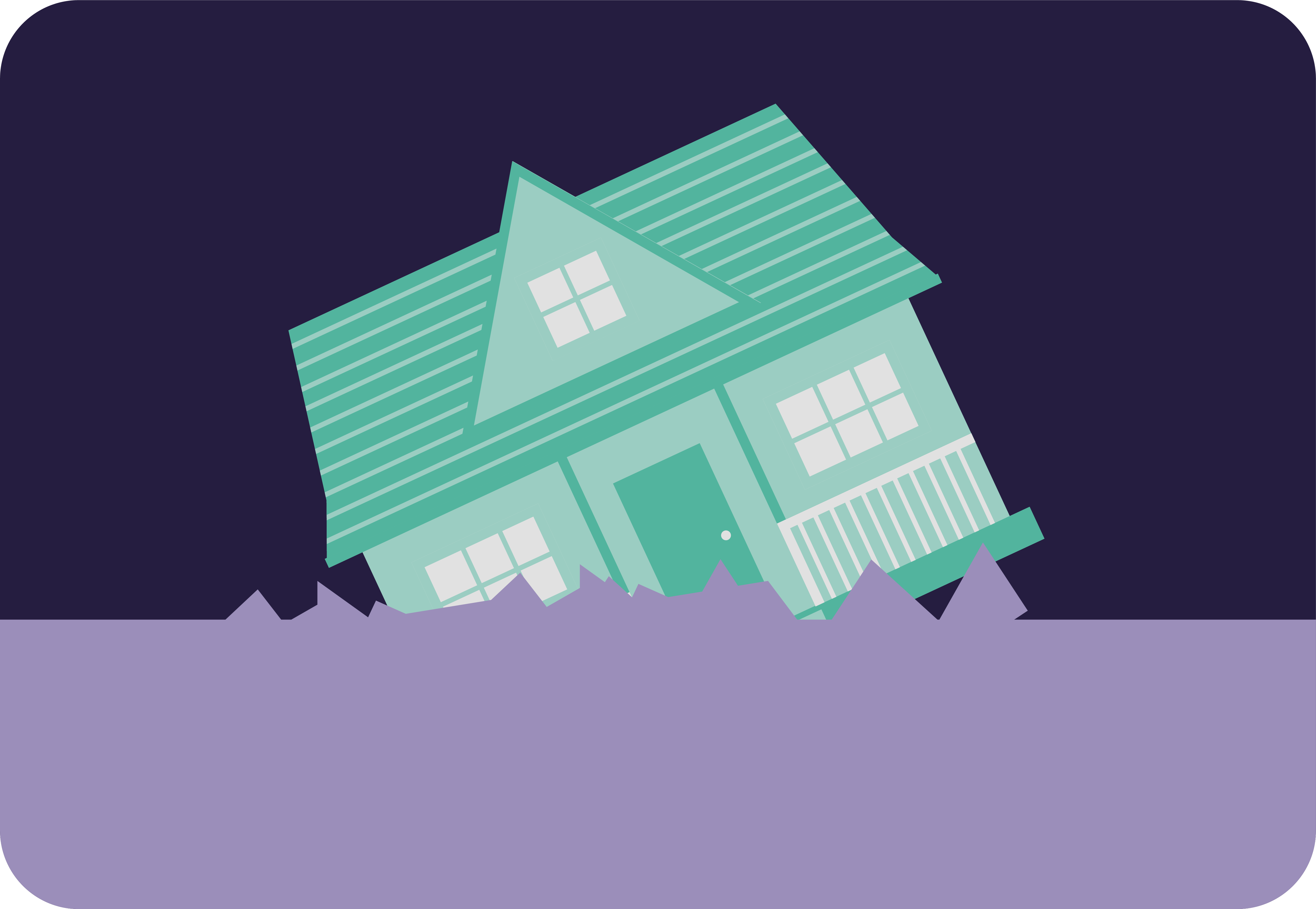Subsidence is the gradual sinking or settling of the ground surface. It can happen naturally or as an end result of human activity such as underground mining or oil and gas extraction, as well as groundwater pumping. Subsidence can cause injury to structures and infrastructure and can additionally lead to flooding and different hazards. It’s necessary to be in a position to spot the signs and symptoms of subsidence in order to mitigate the risks.
The most apparent signal of subsidence is a seen sinking or melancholy in the floor surface. This can be a small vicinity or a giant area, and may additionally be accompanied by cracks appearing in the floor or pavement. Another sign of subsidence is cracks in the walls, floors, or foundations of buildings. These cracks are usually diagonal or stair-stepped, and can regularly be wider at the top opposed to the bottom.
A more obvious sign is the tilting or leaning of structures, such as buildings, bridges, or fences. This was the case with the Crooked House Pub which was now famously burnt down in an arson attack and was ‘crooked’ because of mining in the area.Additionally, doorways and home windows can also end up tough to open or close, and flooring can end up uneven due to subsidence.
If you suspect subsidence, you should contact a geotechnical engineer to investigate the situation. They will be in a position to decide the purpose of the subsidence and recommend what you should do next.
Subsidence can be repaired and properties can still be made safe. Here are a few ways this can be done:
Underpinning: This involves strengthening the basis of the construction by digging deeper foundations or putting in new ones.
Grouting: This approach involves injecting a grout combination into the floor to fill voids and stabilise the soil.
Compaction grouting: This approach includes injecting a grout combination into the floor to fill voids and compact the soil.
Drainage: This technique includes putting in drainage structures to get rid of extra water from the soil, lowering the hazard of subsidence.

